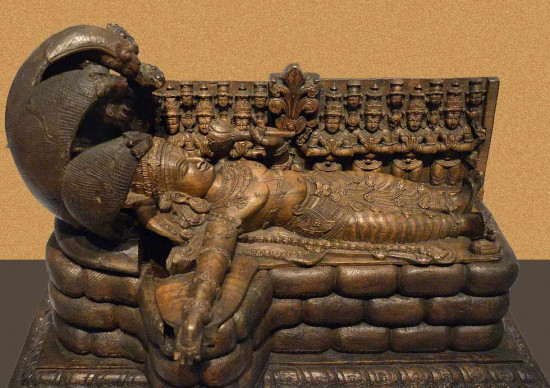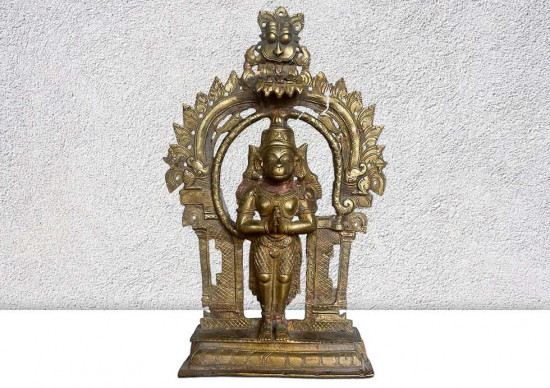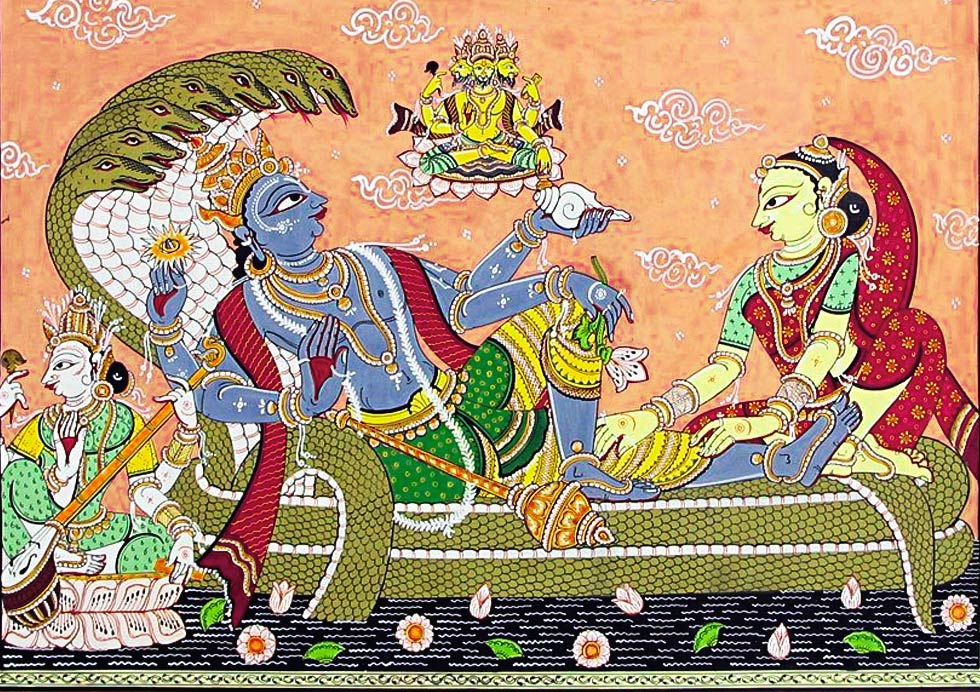
Understanding Indian Folk Art
Before delving into its influence, it's essential to understand the essence of Indian folk art. Originating from rural communities, this art form is deeply rooted in local traditions, folklore, and religious beliefs. It is often characterized by:
- Vibrant Colors: Bold and eye-catching hues are a hallmark of Indian folk art, reflecting the joy and exuberance of rural life.
- Intricate Patterns: Geometric shapes, floral motifs, and symbolic designs are woven into intricate patterns that often convey deep meanings.
- Narrative Content: Many folk art pieces tell stories, often depicting mythological tales, religious themes, or everyday life.
- Traditional Techniques: Artists use age-old techniques like block printing, embroidery, pottery, and painting to create their works.
Key Indian Folk Art Forms

- Madhubani Painting: Originating from Bihar, this art form features intricate motifs and vibrant colors, often depicting scenes from mythology and everyday life.
- Warli Art:Hailing from Maharashtra, Warli art is characterized by simple geometric shapes, primarily triangles and circles, that depict scenes of hunting, farming, and community life.
- Kalamkari: A textile art form from Andhra Pradesh, Kalamkari involves intricate hand-painted designs on cotton or silk fabric, often depicting mythological scenes or floral motifs.
- Pattachitra: A traditional art form from Odisha, Pattachitra involves painting on cloth scrolls, often depicting stories from Hindu mythology, particularly those related to Lord Jagannath.
- Pithora Painting: Originating from Gujarat, Pithora art is characterized by bold outlines, vibrant colors, and simple figures, often depicting scenes from Hindu mythology.
- Pichwai Painting: This art form comes from Rajasthan and involves detailed paintings on fabric, usually depicting the life and legends of Lord Krishna, often used in temple decorations.
- Tanjore Painting: From Tamil Nadu, Tanjore paintings are known for their rich colors and the use of gold foil, often featuring religious themes and intricate detailing.
- Thangka Paintings: These traditional Tibetan artworks are intricate, colorful paintings on cotton or silk, often depicting Buddhist deities, mandalas, and teachings, serving both decorative and educational purposes.
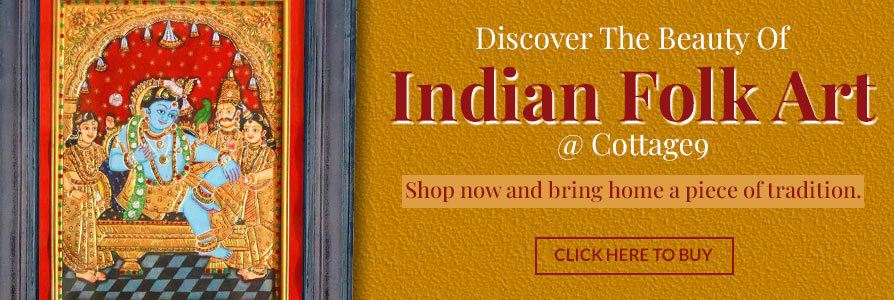
Influence of Indian Folk Art on Modern Design
Indian folk art has significantly influenced modern design in various ways. Let's explore some of the key areas:
- Color Palettes: The vibrant and bold color palettes found in Indian folk art have inspired designers to experiment with unconventional color combinations and create visually striking designs.
- Patterns and Motifs: The intricate patterns and motifs used in Indian folk art have been incorporated into everything from textiles to interior design, adding a touch of cultural richness and authenticity.
- Typography: The unique and expressive styles of Indian folk art typography have inspired designers to create innovative and visually appealing fonts.
- Product Design: Indian folk art motifs and techniques have been used to create unique and culturally relevant product designs, ranging from home decor items to fashion accessories.
- Graphic Design: Indian folk art has been a major source of inspiration for graphic designers, who have used its elements to create visually appealing and culturally relevant designs for branding, advertising, and packaging.
Examples of Modern Design Inspired by Indian Folk Art
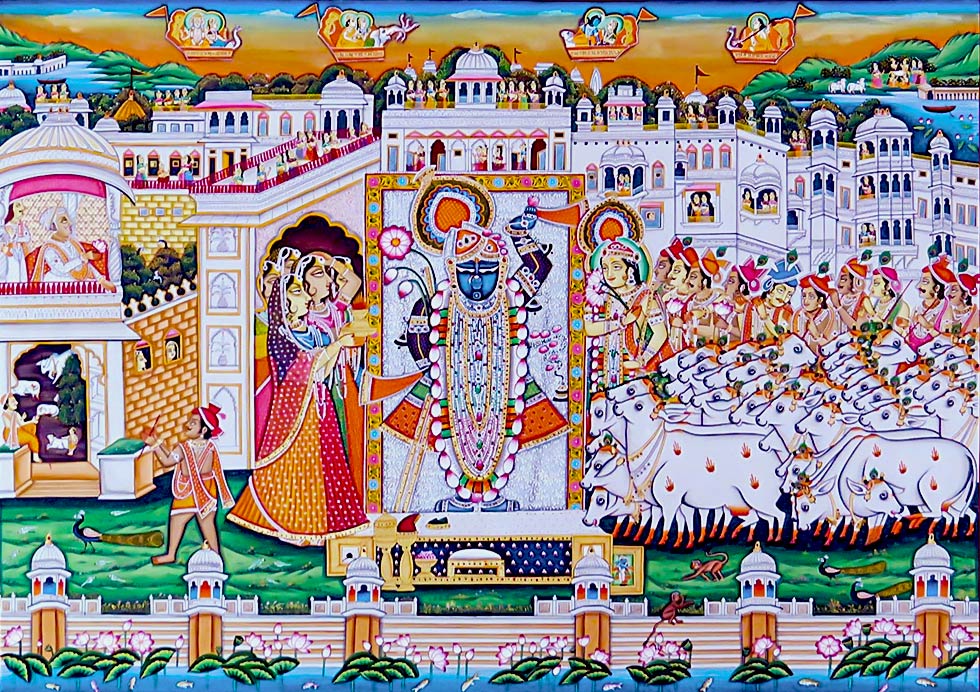
- Fashion: Designers like Anita Dongre and Sabyasachi Mukherjee have incorporated Indian folk art motifs and techniques into their collections, creating stunning and culturally relevant fashion pieces.
- Home Decor: Brands like Fabindia, Cottage9 and Jaypore have used Indian folk art motifs to create beautiful and unique home decor items, such as lamps, textiles, furniture, and accessories.
- Graphic Design: Designers have used Indian folk art elements to create visually striking logos, branding campaigns, and packaging designs.
- Product Design: Companies like Jaipur Rugs and Kutch Leather have used traditional Indian folk art techniques to create unique and high-quality products.
Preserving and Promoting Indian Folk Art
While Indian folk art continues to inspire modern design, it is crucial to preserve and promote these traditions. This can be done through:
- Supporting Artisans: By purchasing directly from artisans and supporting their livelihoods, we can help ensure the survival of these art forms.
- Educating the Public: Raising awareness about Indian folk art and its cultural significance can help foster appreciation and support for these traditions.
- Collaborating with Designers: Encouraging collaborations between designers and artisans can help bring Indian folk art into the mainstream and keep it relevant.
- Digital Preservation: Documenting and preserving Indian folk art through digital means can help ensure its legacy for future generations.




